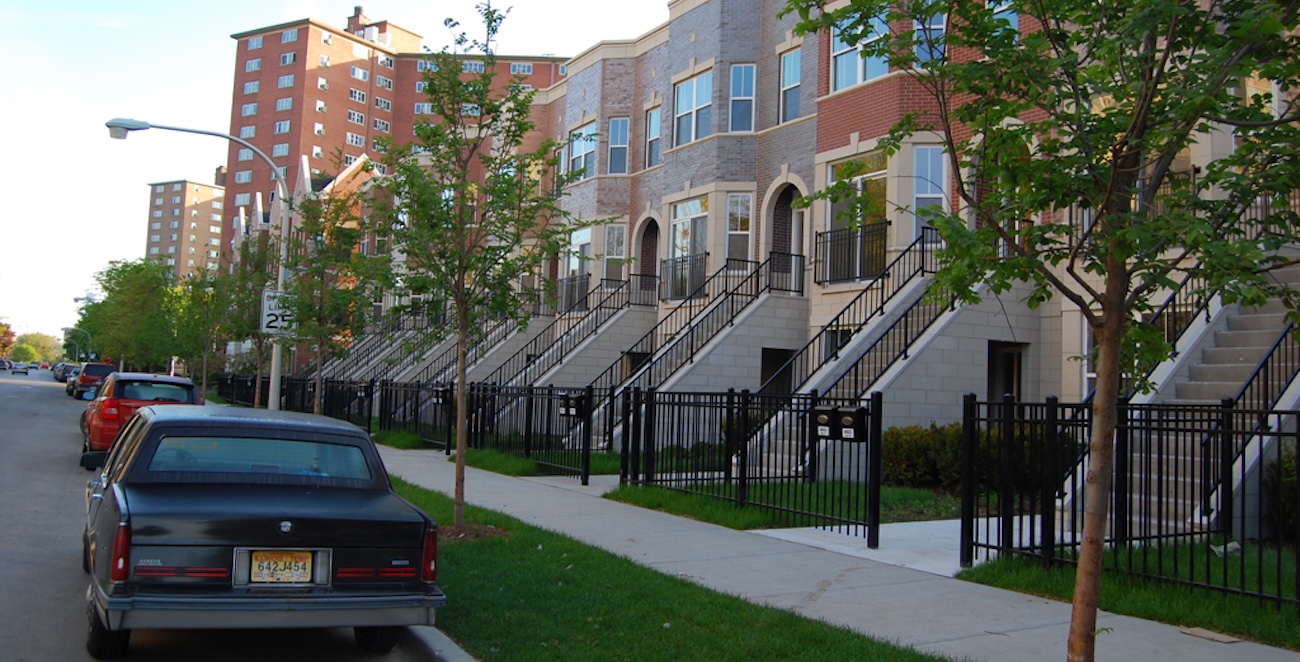
CNT Welcomes New Project Associate Paulina Vaca
Nearly a month into my work at Center for Neighborhood Technology, I already sense the power of community-based partnerships among organizations in Chicago. I am constantly inspired by not only these connections but also my brilliant coworkers. Whether in the office or working remotely, daily critically-thought conversations and operations surrounding justice and equity are held. As Latinx myself, I am increasingly conscious of the spaces I am in. In this space, I look around and see people of... Continue reading »
The Case for More Operations Funding for Transit
The Bipartisan Infrastructure Bill has been passed by the Senate. That’s an excellent start in addressing our long-neglected physical infrastructure. And now the bill goes back to the House of Representatives for concurrence. In the regular order of business, the House would negotiate and then concur with amendments made in the Senate. But this bipartisan deal did not follow the normal process, essentially negating the ability of House members to negotiate. This is... Continue reading »
Residents Participate in Urban Flooding Data Collection Efforts
The Urban Flooding Baseline Project seeks to clearly define the problem of urban flooding in the Calumet region using available quantitative data sources and first-hand pictorial data from residents to improve flood mitigation plans. At the end of July, we completed the Pilot and Phase 1 of the resident data collection. Each resident data collection leader is assigned a 1.5 mile x 1.5 mile region in the communities for Dolton, Dixmoor, Harvey, Markham, Phoenix, Posen, or Riverdale and is... Continue reading »
Public Transportation's Impacts on Greenhouse Gas Emissions
Public transportation is a climate solution, and CNT’s recent report for the Transit Cooperative Research Program (TCRP) shows what an important role it plays in controlling emissions nationwide. Public transit in the U.S. saved 63 million metric tons of carbon dioxide equivalent (MMT CO2e) emissions in 2018—the equivalent of taking 16 coal power plants offline for a year. The new report, TCRP Research Report 226: An Update on Public Transportation's Impacts on Greenhouse Gas... Continue reading »
CNT Welcomes New Outreach and Engagement Associate Brandon Evans
Coming in the door, I thought the work done by the Center for Neighborhood Technology was outside the spaces I’d worked in over the last decade of my career. For the most part, my work has focused on providing resources to minority and women owned business owners in marginalized communities. I’ve always considered myself to be an aware and ethnocentric person and my previous jobs reflected that to some degree. The term “marginalized” doesn’t just speak to the economic resources... Continue reading »
Growing Community at LUCHA’s Tierra Linda House
It was raining – great for the new rain garden, but not so great for a community gardening day. Would anyone come? Hopeful, we set up the tents and laid out the sandwiches, and parents and youth started arriving a little after noon. "We were so thrilled that families and volunteers showed up, despite the morning rain! It was truly a great opportunity to bond with the community organizations that supported these efforts and the tenants and community members that will... Continue reading »
Update on the Campaign to Stop General Iron
On May 7th, Chicago Mayor Lori Lightfoot announced a decision to delay a decision on a permit that would allow General Iron to move to Chicago’s Southeast side, a predominantly Latinx and Black community, until further environmental analysis can be completed by the Chicago Department of Public Health. Environmental justice advocates, who engaged in a month-long hunger strike to stop General Iron’s relocation, are asking for a full denial of the permit. General Iron, a scrap metal shredder... Continue reading »
CNT Welcomes new Managing Director of Strategy and Communications, Leslé Honoré
Growing up I never knew I could make a career out of fighting for equity. I had no idea that there would be organizations dedicated to making transportation equitable, communities more resilient, and policies more purposeful for the people they are supposed to serve. In my 22 years of living in and loving the city of Chicago I have been privileged to work with non-profits like Thresholds and The YMCA of Metropolitan Chicago. I have been honored to lead the work of training tens of thousands of... Continue reading »
Why CNT is Supporting the Campaign to Stop General Iron
Today is Day 12 of a hunger strike led by activists on Chicago’s Southeast side to call attention to the relocation of a major industrial polluter to their community. General Iron, a scrap metal shredder that was repeatedly fined for environmental violations in its former home in Lincoln Park, is awaiting a final permit from the Chicago Department of Public Health to allow it to move its operations to the Southeast side. CNT strongly supports the campaign to stop General Iron, and we urge the... Continue reading »
Shouldering the Burden of an Accumulating Crisis
The COVID-19 pandemic has impacted communities around the world. However, Latinx, Black, Indigenous, and other communities of color have been disproportionately impacted due to existing social, environmental, and economic factors that make individuals more likely to have worsened COVID-19 outcomes. The Link between Land Use, Air, and COVID-19 Racialized land use and lending practices, such as redlining, have disproportionately located heavy industrial development near Black and... Continue reading »





 Strengthening Transit Through Community Partnerships
Strengthening Transit Through Community Partnerships








